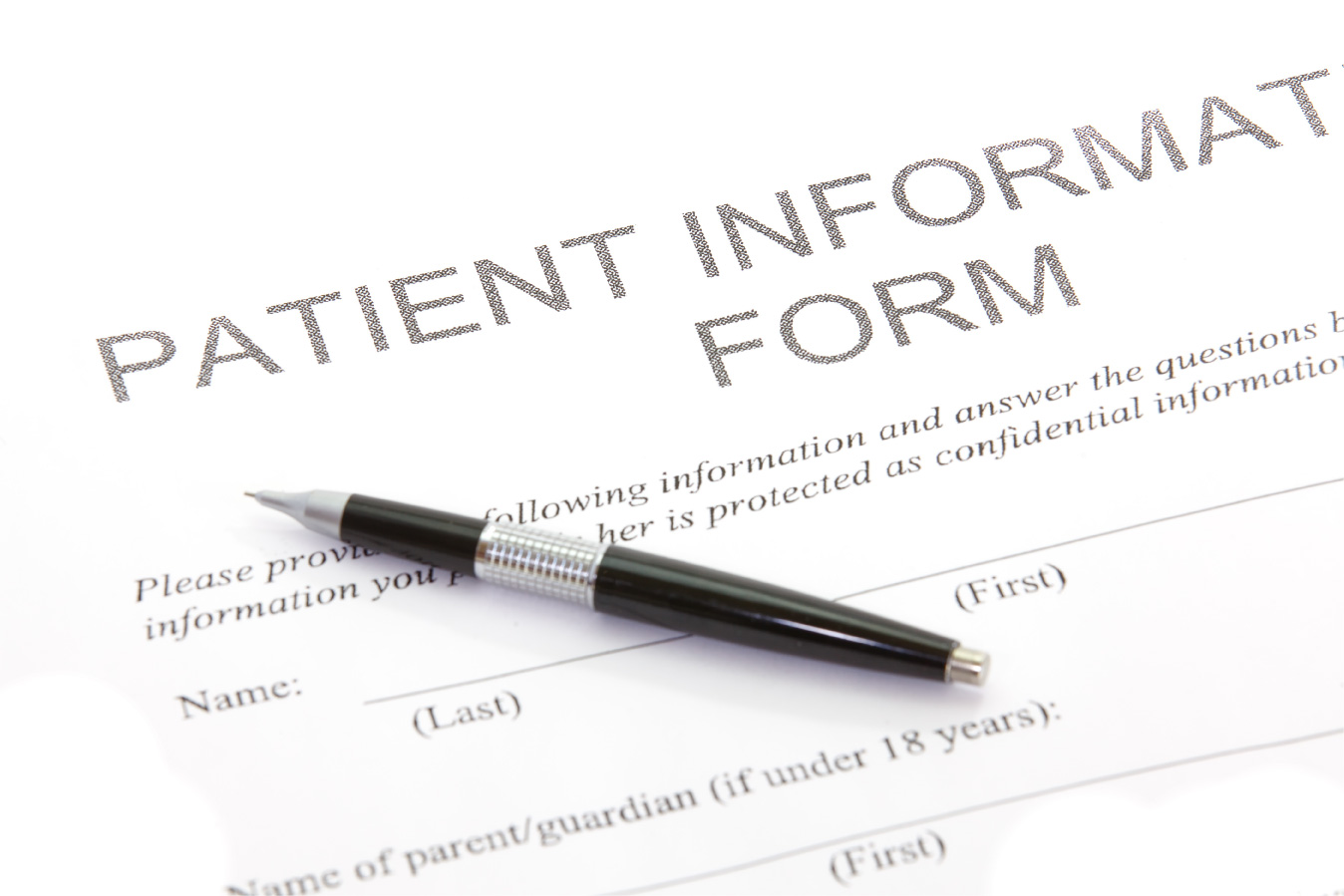
This is the second part of a two-part blog series on ASC disaster response by Diane Lampron, Director of Operations. Click here for part one.
In the blink of an eye, a completely normal day in your ASC, can be upended by a natural or man-made disaster. And it can take days, weeks, or months to return to your pre-disaster routine.
Emergency preparation is not only critical for an effective ASC disaster response, but, as we previously discussed, it’s a Medicare requirement for ASCs. Part of proper preparation is revising your emergency plan based on your response to drills, tabletop exercises, and emergency events. Every revision should improve the helpfulness of your plan. Understanding what it’s like for another ASC to respond to a disaster can further your ASC disaster response preparation.
Below are some of the critical steps taken during a Colorado ASC’s response to a ruptured pipe. The subsequent flooding caused substantial damage throughout the ASC. Areas flooded with the equivalent of sewer water included the waiting room, front hallway, registration desk, pre-op, and recovery room. The sub-sterile area also suffered significant damage. Thanks to a strong, tested emergency plan, hard work by staff, and outside support, the ASC re-opened to full capacity in three months.
Immediate ASC Disaster Response
Steps taken upon discovery of the flood and damage included the following:
- Called the disaster code
- Activated the emergency management plan (EMP)
- Contacted fire department (which turned off water)
- Ensured there were no patients, visitors, or personnel requiring evacuation.
- Closed front entrance
- Notified ASC leadership
- Assessed affected areas
- Took pictures of damage
- Set aside damaged items/equipment (for insurance purposes, this included items that caused the damage, such as a broken sprinkler pipe)
- Moved unaffected equipment away from damaged areas
- Notified property insurance carrier
- Rerouted deliveries
Activating the EMP
Activation of the ASC’s EMP triggered the following actions:
- Established incident command team
- Identified who would fill the roles identified in the EMP – Role assignments are critical. Each role guides the activities required to address all aspects of the disaster, from suspension of business operations to the response and through recovery.
Roles assigned included incident commander and staff (e.g., safety officer, infection preventionist, public information officer) as well as sections for operations, planning and logistics, and finance/administration. If you are not familiar with the responsibilities of these positions, the Federal Emergency Management Agency provides helpful resources here. Note: Some of the activities that took place under these sections are discussed below.
- Developed incident action plan which established objectives throughout response to the incident and underwent regular updates as recovery progressed
- Notified the facility’s governing board
Communication
The following steps were taken to disperse information regarding the incident and closure:
- Changed telephone greeting
- Posted notice on center’s website
- Notified physicians’ offices
- Notified the state’s Department of Public Health
- Issued press release
- Notified the state’s Department of Fire and Life Safety
- Notified the facility’s accreditation organization
Disaster Recovery Work
The project was separated into five phases to be completed prior to a re-opening phase:
- Mitigation/ restoration
- Safety
- Demolition
- Rebuilding/construction
- Risk reduction
Mitigation/Restoration
Steps taken included the following:
- Restoration company commenced water cleanup and mitigation activities working 24/7 to mitigate further damage
- Industrial hygienist conducted assessment and took samples
- Infection control risk assessment (ICRA) performed
Safety
Steps taken included the following:
- With fire sprinklers offline, fire watch implemented
- Conducted and documented fire watch walkthrough every 30 minutes during recovery period
- Created signage for emergency fire exits
Demolition
Steps taken included the following:
- Brought in contractor for demolition and construction phases of the work
- Obtained permits needed for demolition and renovation/construction
Rebuilding/Construction
Renovation plans previously scheduled for a future date were incorporated into the disaster recovery work to save on construction costs.
Risk Reduction
Planning included efforts to help reduce the risk of a reoccurrence. For example, additional insulation was installed and a new checklist was created for facility personnel to follow when investigating leaks.
Incident Command Officers and Sections
The incident command officers and sections oversaw the ASC disaster response work described above. Additional responsibilities are described below.
Safety Officer
The safety officer performed the following tasks:
- Daily walkthroughs for interim Life Safety measures, ICRA, and hazard control risk assessment ensuring corrections were made as needed
- Daily count of narcotics and medication storage security checks
Infection Prevention Officer
The infection prevention officer performed the following tasks:
- Daily ICRA assessment walkthroughs
- Ongoing communication with industrial hygienist regarding assessment and safety tests
Public Information Officer
The public information officer performed the following tasks:
- Issued regular press releases providing updates on repairs
- Kept website notices and telephone greeting current
- Developed wayfinding signage and maps
- Provided weekly briefings with facility employees
Planning and Logistics Section
The planning and logistics section performed the following tasks:
- Determined staff availability and work assignments
- Determined staff pay structure during recovery
- Worked with local hospital to accommodate ASC patients and coordinate ASC staff support
- Provided hospital with necessary supplies, equipment, and instrument sets to accommodate procedures rescheduled from the ASC
- Identified replacement items to be ordered immediately due to lag time in ordering and delivery (e.g., cabinets, counters, doors, carpeting)
- Maintained communication/phone system and information technology (IT)
- Coordinated re-establishment of services (e.g., housekeeping, waste removal, linen)
- Maintained “disaster book” of all response activities
Operations Section
The operations section performed the following tasks:
- Obtained temporary storage for unaffected equipment that required relocation
- Identified need for replacement equipment and IT
- Ensured the hard drives of damaged computers were stripped/wiped before disposal
- Developed risk reduction plans
Finance/Administration Section
The finance/administration section performed the following tasks:
- Conducted walkthrough with insurance adjustor
- Compiled all invoices to be paid
- Tracked lost revenue
- Provided cost analysis and cash flow data to governing board
- Provided insurance carrier with all requested information (e.g., projection of business loss amount, list of damages, photos)
Reopening
The following steps were taken to ensure a successful reopening:
- Conducted mock patient walkthrough of new space
- Posted required documentation previously removed (e.g., ASC license, patient rights and responsibilities, HIPAA, accreditation certificate)
- Reinstated facility logs (e.g., refrigerator temperature, malignant hyperthermia cart check, defibrillator test and cart check)
- Changed telephone greeting and website notice
- Issued press release
- Planned, publicized, and hosted open house
- Celebrated re-opening and facility’s return to normal operations!
You Can Never Be Too Prepared
As I write this, Hurricane Harvey has wreaked havoc on Texas. Fires are consuming hundreds of thousands of acres across multiple western states. Hurricane Irma has Florida in its crosshairs. There is no shortage of news about the extensive damage that occurs in the wake of these disasters.
On a positive note, there are reports highlighting the improved preparation and response effort thanks to lessons learned from disasters like Hurricane Katrina and Rita. There will undoubtedly be lessons learned from Harvey and Irma that will help with future disaster planning.
Hopefully the Colorado ASC disaster response outlined above helps your surgery center identify opportunities for its own preparation improvement. If your ASC experiences a disaster, I encourage you to share your own response efforts. Relaying your story to an industry publication or presenting on it at a state or national meeting could ensure other ASCs benefit by learning from your experience.
I will leave you with this key takeaway. You cannot plan for everything. However, the more you prepare, the better off you should be when faced with the unexpected.
Diane Lampron, Director of Operations




